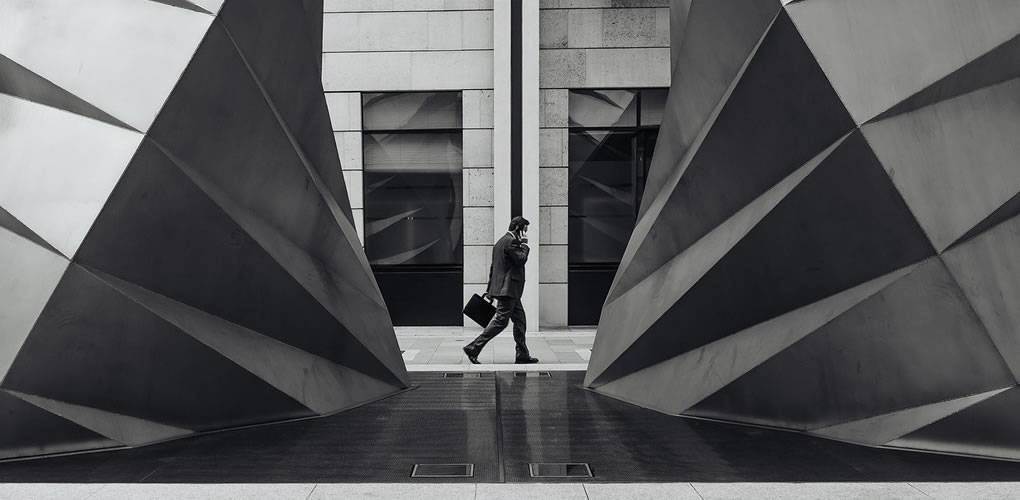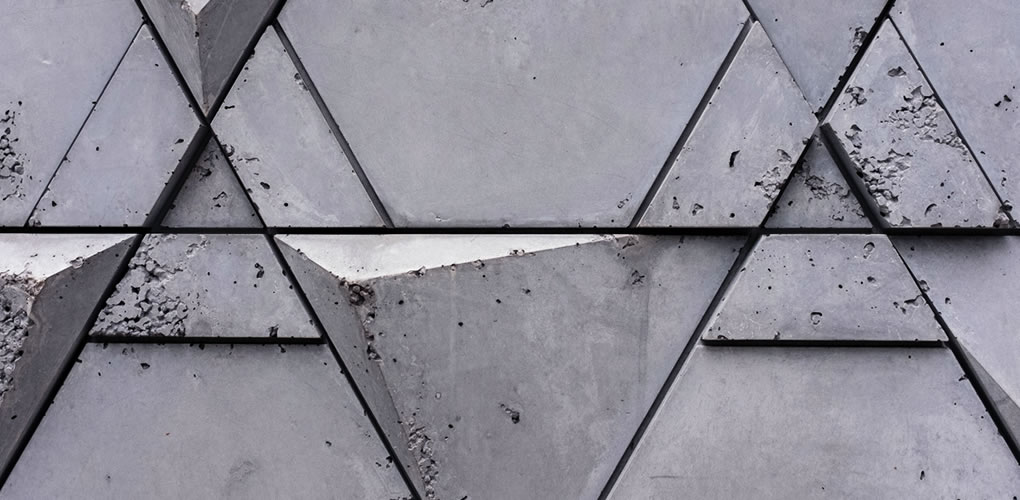The versatility of concrete means it can not only be used to create strong, reliable structures but aesthetically pleasing architecture too.
What is Architectural Concrete?
Architectural concrete is concrete that has been designed and created for visual purposes as well as structural purposes. In some instances, architectural concrete may be purely ornamental and not serve any structural purpose.
Architectural concrete combines structural integrity and modern design to create a variety of formations that are both visually impressive and functional. From beautiful buildings to striking bridges, walkways and everything in-between, through architectural concrete, the design possibilities are endless.
Some other terms for architectural concrete are: decorative concrete, fair faced concrete, special finish concrete and visual concrete.
Architectural concrete can incorporate many design elements such as colour, texture, pattern and even light reflective/light emitting properties.

How is architectural concrete created?
How architectural concrete is created depends entirely on a project’s specification. Since there are many different types of architectural concrete, each one requires a different processing and application method. One of the most common ways to create architectural concrete is to use formwork systems. A formwork is essentially a concrete mould typically created using either wood or metal. Formworks are used to cast integral structural components and can be designed to incorporate decorative elements to create architectural concrete.
To create decorative concrete walls, a form liner is usually used. A form liner is another type of mould typically with a more intricate pattern or design. Form liners are used inside formworks to add extra definition and detail. The form liner acts as a sort of inverted stamp so that when concrete is poured into the formwork, the form liner gives the outer surface a certain texture or image. Form liners can be created using a variety of materials in a variety of ways. In some instances an artist or sculptor may be employed to create an intricate form liner design using clay or wax which can then be cast using liquid silicone or plastic. Other materials used to create form liners include plastic, Styrofoam, fibreglass and brick. To create really intricate form liners such as those with realistic images on them a CNC milling machine or 3D printer can be used.

What are the benefits of Architectural Concrete?
Versatile
Concrete can be used to create a wide variety of decorative elements on a wide range of structures. There are many different types of concrete each with its own set of benefits. From watertight concrete ideal for underground structures and swimming pools, to fibre reinforced concrete for structures where extra durability is needed.
Durable
Thanks to the durability and strength of concrete we are able to create aesthetically pleasing structures that are also incredibly robust. Concrete also requires little to no maintenance which makes it an excellent choice for public buildings.
Low Maintenance
Concrete is a very low maintenance material which makes it the best choice for a variety of structures. For example, concrete can be coloured using no fade pigments which makes it a better choice than paint in many cases which has to be applied after the structural work is completed and can also chip and peel.

